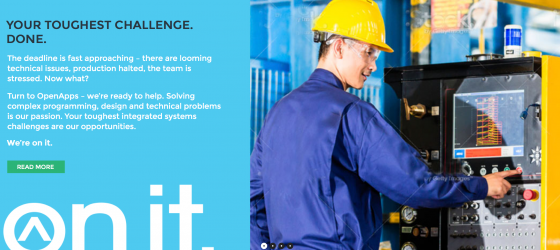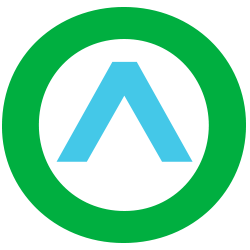

A TRUSTED PARTNER
The work you commission OpenApps to complete is yours – never rented, never licensed – and always backed by a solid commitment to see projects through to the end.
EXPERIENCED PROFESSIONALS
OpenApps is a focused team of programming and design professionals who are committed to providing the best possible solutions for integrated systems – regardless of the challenge.
WE’RE ON IT!
You can expect the same high level of quality, commmitment and dedication to your projects from start to finish – that’s a promise.
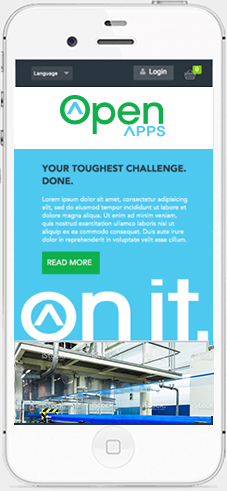
EXPECT MORE FROM OPENAPPS
William (Bill) Rinear launched OpenApps in 2000 with a goal to help clients with whatever integration challenges were presented. “Open” to anything – we adopted a policy of complete transparency and project ownership for clients. Even today, the expectation is that the work and standard code (applications) produced by OpenApps remains open for client modification.
M2M & REMOTE MONITORING
Machine-to-Machine Remote Monitoring that allows for more productive communication between the field device and your company’s service, sales and reorder points.
RETROFITTING/AUTOMATION UPGRADES
We will bring your legacy equipment up to current standards in technology, helping you save money in your manufacturing.
OEM & PANEL BUILDING
From concept to product and 100% simulated and tested.
CNG CONTROLS
10 years of experience with modernizing controls and with remote monitoring of natural gas compressors.
ROBOTICS AUTOMATION
Systems for life cycle testing of products and light manufacturing applications.
OUR LATEST PROJECTS
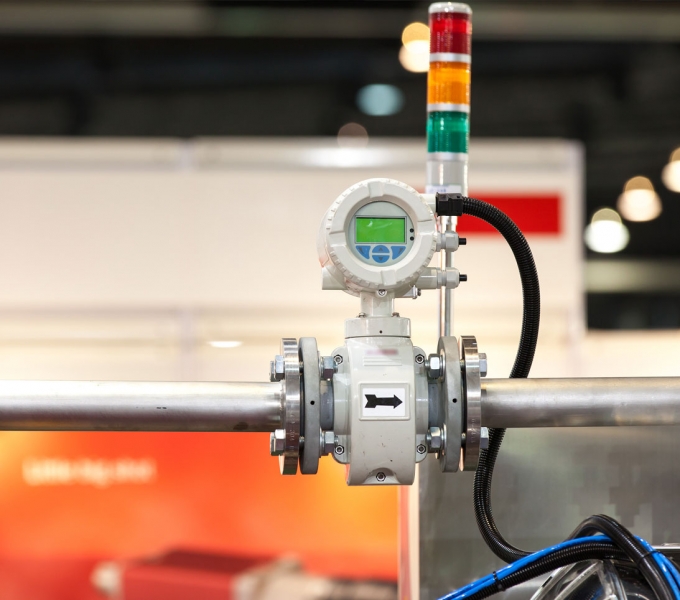
CNG Controls - Compressor Monitoring
OpenApps customized a full OEM automation solution for controlling a CNG compressor using a Horner Automation XL7 controller and software that was tested using a real-world simulator for lower initial start time and start-up costs. view details

CNG Controls – Remote Compressors
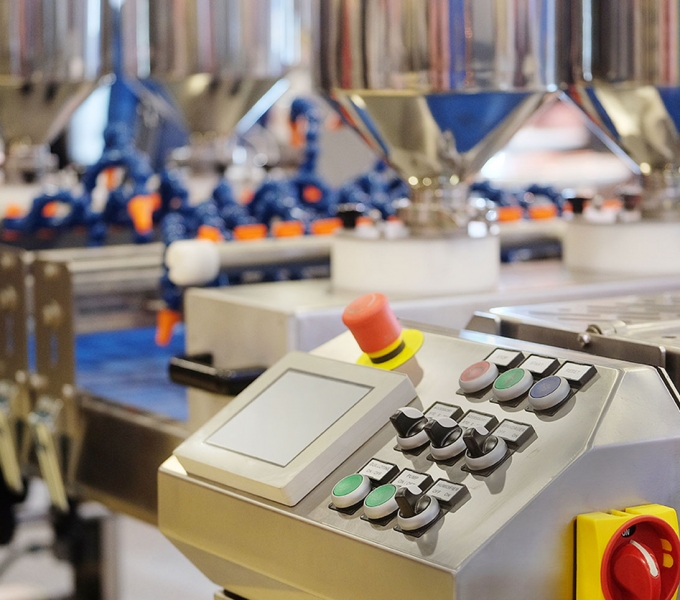
Retrofitting – Ice Manufacturing

Retrofitting – Food Equipment

Remote Monitoring – Lighting Controls
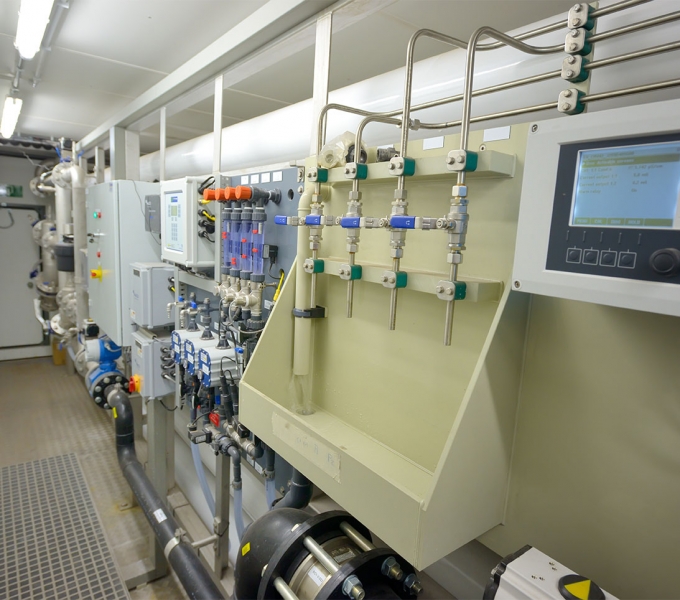
Remote Monitoring – Water Tank
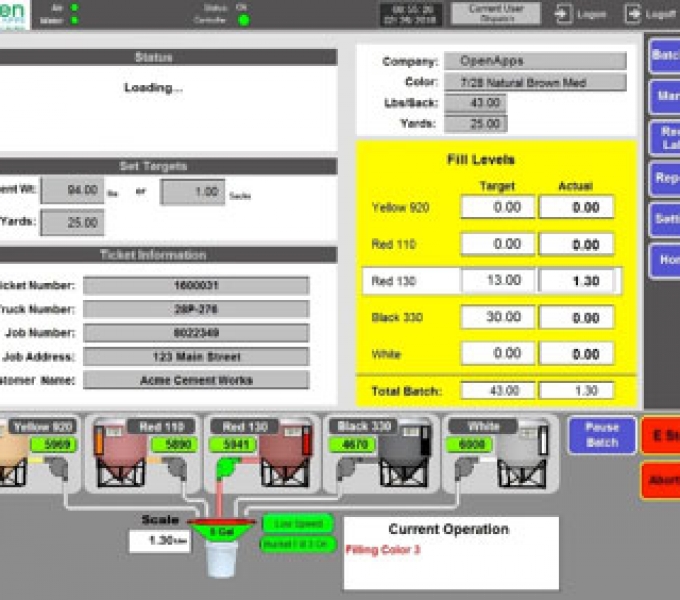
OEM – Upgrade
– OUR PROMISE TO OUR CLIENTS –
Thorough & quality work start to finish
Regular updates & communication about your projects
A dedicated manager who knows your project
Technical expertise & know-how
Excellent customer service & support
Projects completed on-time & done right
Projects completed on budget & to specification
Continued support to ensure proper operation
Non-commercial ownership of your commissioned projects & code
NEWSLETTERS / WHITEPAPERS
QUESTIONS?
WHAT OUR CLIENTS SAY
Working with OpenApps on programming design & updates helps us to be successful.
- Richard Nagler, Euclid Chemical -
I told OpenApps what I needed (wanted) and they provided that and more based on available technology.
- Douglas Barrett, Company Electric Polish -
"[OpenApps] is run by a very intelligent person. He knows his business.”
- Nor Gill, Gexpro -





